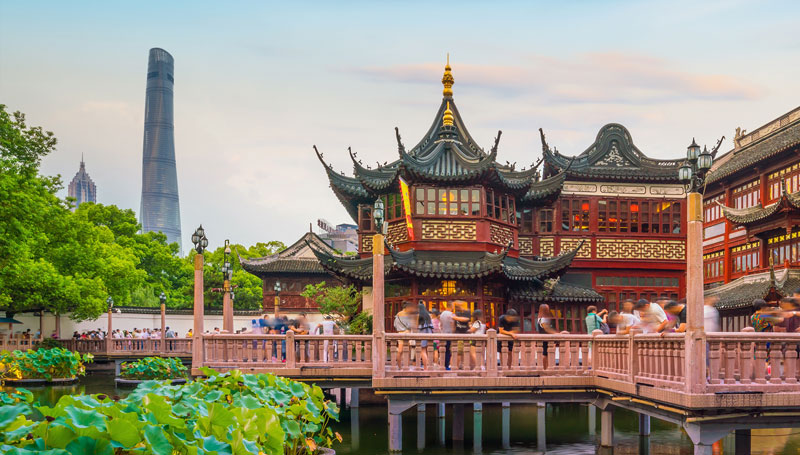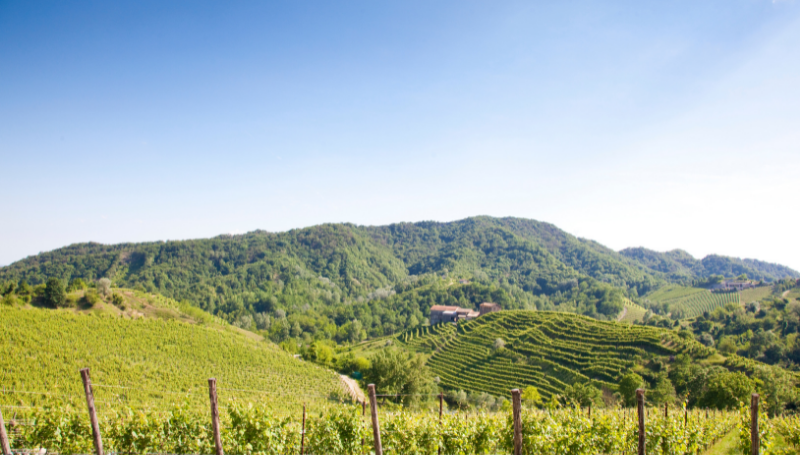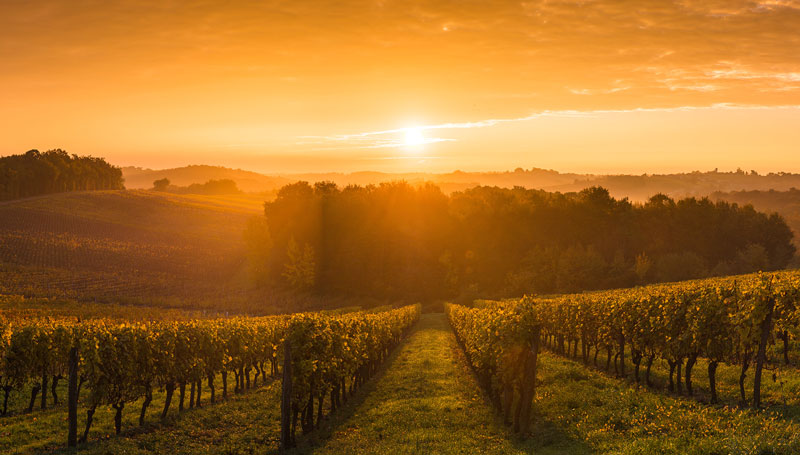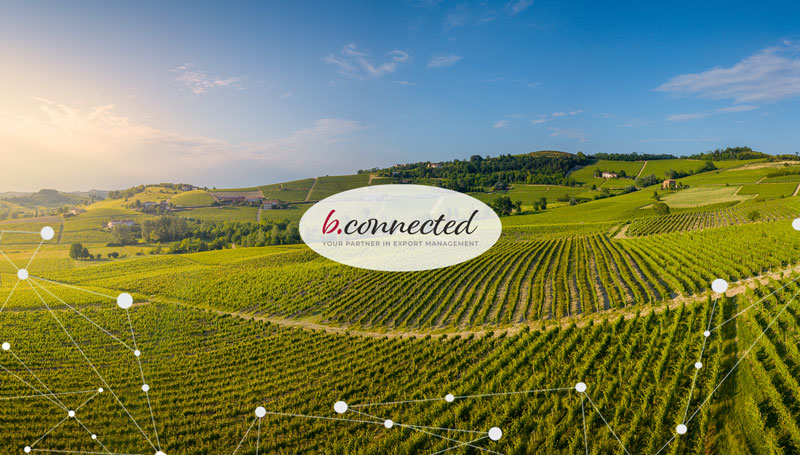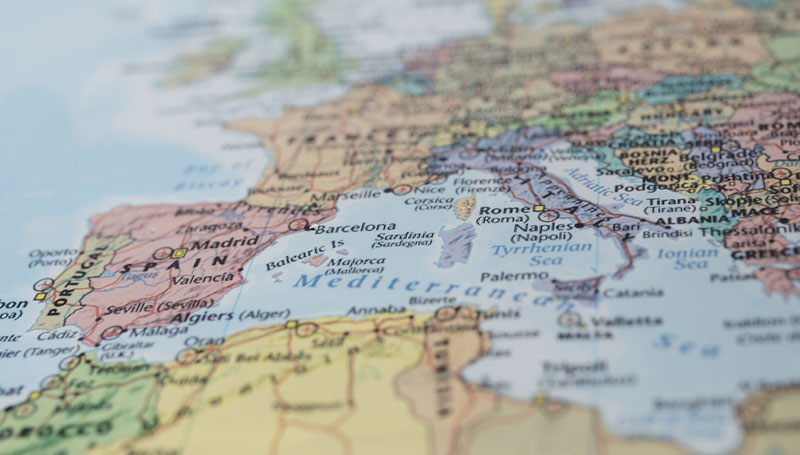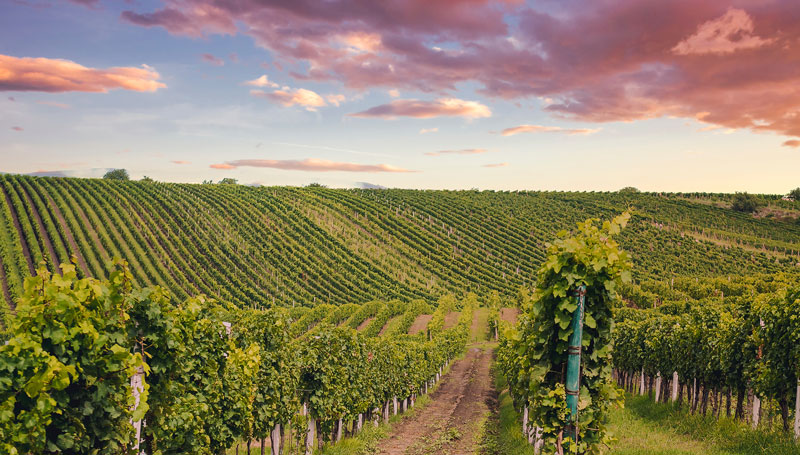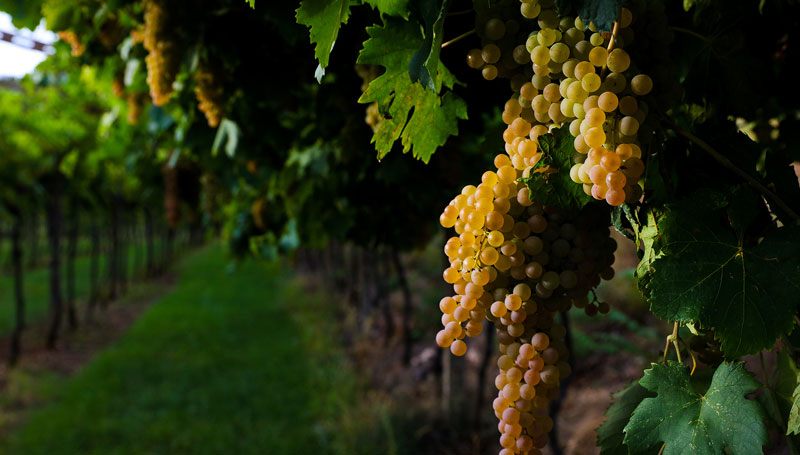The Canadian wine market is extremely solid. Indeed, it has been stable for a long time now with constant annual growth of a couple of percentage points. This strength makes it an extremely attractive market for Italian wine producers. Although for many it may seems hard to enter this country, there are actually numerous opporunities.
We had the chance to speak with Anne Popoff, a professional with successful track record in the wine industry who now runs a wine importing business in Ontario. We asked Anne few questions to better understand the peculiarities of the Canadian market, more precisely we focused on the Ontario province where she runs her business.
How does the monopoly manage the purchase and distribution of wines into the Ontario province and which are the different programs the producers can apply for?
Speaking about the Canadian wine market you have to specify the province you refer to as they work independently of each other.
In Ontario the LCBO is the wine purchasing monopoly. They own over 600 stores and every bottle of wine or spirits or alcohol that enter the province is regulated by the LCBO.
In this case, for new producers who would like to enter the market, there are several options. First thing, they need to find themselves an agent who will represent them in Ontario. He/she will be the liaison between the supplier and the LCBO.
After that, one has to apply for the program that best suits the supplier’s goals:
- The largest channel which the producer can use to sell the wines through the LCBO is called General List. The wines in this category come generally from very large brands with very important marketing and promotional budgets to support the wines. They are usually well established elsewhere in the world and generally below a certain price point. There are calls for this channel several times a year. This is usually not for small family wineries but more for large producers and brands;
- Then, there’s a more specialized section, which is called Vintages. This is a channel for more specialized wines, less industrial. Ratings matter very much in Vintages as that really helps the submission. There are also other categories within Vintages. One is called Vintages Essentials, and those are wines that are always available, the other is the Classics Collection which is very specific and specialized. This is once a month release online only and dedicated to iconic wines, very small production wines, limited production, very highly rated wines which really need to stand out. We’re talking 95 point wines;
- Separate fromVintages, but they are starting to work more closely together, there is also what is called Destination Collection: this is essentially for more unusual wines from non-mainstream regions. Same procedure as for Vintages but the quantities purchased range from 60 bottles to 360 bottles.
These are the main channels directly through the LCBO stores.
Then, there is the Consignment program. Consignment is when the agent orders from the supplier wines that will not be in the LCBO stores. The agent has to qualify for Consignment space at the LCBO warehouse. The agent will sell directly to private customers, restaurants, wine clubs etc. The caveat is you have to purchase by the case, you can’t just buy one or two bottles.
So that’s why it’s important for the supplier to interview a few different agents and see what the fit might be and how that could best work for them.
Which are the current trends and opportunities for producers on the market?
Since COVID, European wines have regained a lot of their market share. Moreover people are buying more wines online which is something that needs to be remembered. Another interesting development is the impact of wine production and transportation on the environment. Lighter bottles are preferred, for example. The LCBO is looking at sustainability, organic practices and/or organic methods, zero carbon footprint. All these things which are good to reduce the impact of the industry on the environment.
Italian wines have been doing very well lately. Especially in Vintages channels. The most popular regions and styles are prioritized and they would like to make wines more premium. Generally people have been buying wine for less than $15, but now they’re moving up $15 to $20 and even $20 to $30 for the better wines. And of course sparkling wines have done really well, such as Prosecco rosè. Wines from Piedmont, Veneto and Tuscany remain the most popular, but also wines from the south, especially Sicily.
Packaging and labeling matters too, but Italians are good at their label artwork, that’s very eye-catching. And the other thing that matters, it is very important for any wine producer to get their wines rated. It is important for the distributors, for the consumer and for the LCBO to make the decision.
For consumers, especially if there is a vast selection of wines and one doesn’t know what to pick, how does one decide? One looks at the score. That matters from the consumer’s perspective and makes life easier for them. I’m not saying it’s always right, but that’s the way it works. And from the LCBO’s perspective, if one proposes a wine that has 96 points it will definitely help the submission.
2020 has been a challenging year also in terms of distribution channels. We saw lot of consumers approaching the online market. What kind of perspectives do you see into the market?
During the pandemic of course, a lot changed. People couldn’t go to restaurants because they were closed. So then everybody bought wine and they bought more (larger sizes and well-known brands) and some bought more expensive wines . From that perspective, it was very good for sales at the LCBO.
Now restaurants are reopening but the prices of food and wine have gone up a lot.
So sales are up through the LCBO channels and now that everyone is learning to live with COVID, certain products are once again moving back up to the front, where they weren’t during the various lockdowns, as people can now browse in stores. and are taking more of an interest in wines again as opposed to spirits, beers and RTDs.
But in Ontario Ready to Drink (RTD) is still the largest sector and a rising sector along with spirits. Those are the two product lines that sell the most. Wine is still perceived as more for special occasions or dinner with friends, parties, and so on. When going to someone’s house for dinner, one often brings wine. There are wine collectors, who might like to cellar, that’s the client segment for the most specialized sections at the LCBO. And there are a lot of people that do enjoy wine. When you look at how big this province is, it’s almost 15 million people. And the city of Toronto is 2.7 million people. With the suburbs, it’s over 5 million and we are a province, and especially Toronto as a region, a land of immigrants from all over the world. The market is large and the selections at the LCBO try to cater to many cultures. It’s just such a vast landscape, there is room for everyone and everything.
Do you have any suggestion for producers who want to approach this market?
Well storytelling of course is very, very important, but that’s at a slightly later stage of the equation. This is when the producers already have the agent, they’re already convinced that they want to work with this agent and this agent wants to work with them. And then when the agent is proposing the wines to the LCBO or purchasing them to further sell through consignment, this is where all the storytelling comes in, as part of the marketing and promotion of the wine.
The relationship with the agent, that’s very important – good communication is key. There has to be an element of mutual trust. New suppliers need to understand that the process takes time here. And that when a product is submitted for the first time to the LCBO, there is a very significant chance of it not being accepted. But not to be discouraged because there will be other opportunities.
That’s why the relationship with the agent is so important. Getting a product into the system is a medium to long-term commitment.
It may be challenging, but hopeful, because clearly if you look at the selection of wines available in Ontario, it’s really quite impressive.
And in Ontario, for example, the Italian Trade Commission holds a trade and consumer tasting once a year. It’s arguably the best attended trade tasting; suppliers who don’t have an agent can also participate.. That’s another opportunity, and suppliers who have an agent attend the show to get further exposure. The next one is October 31st, 2022.




